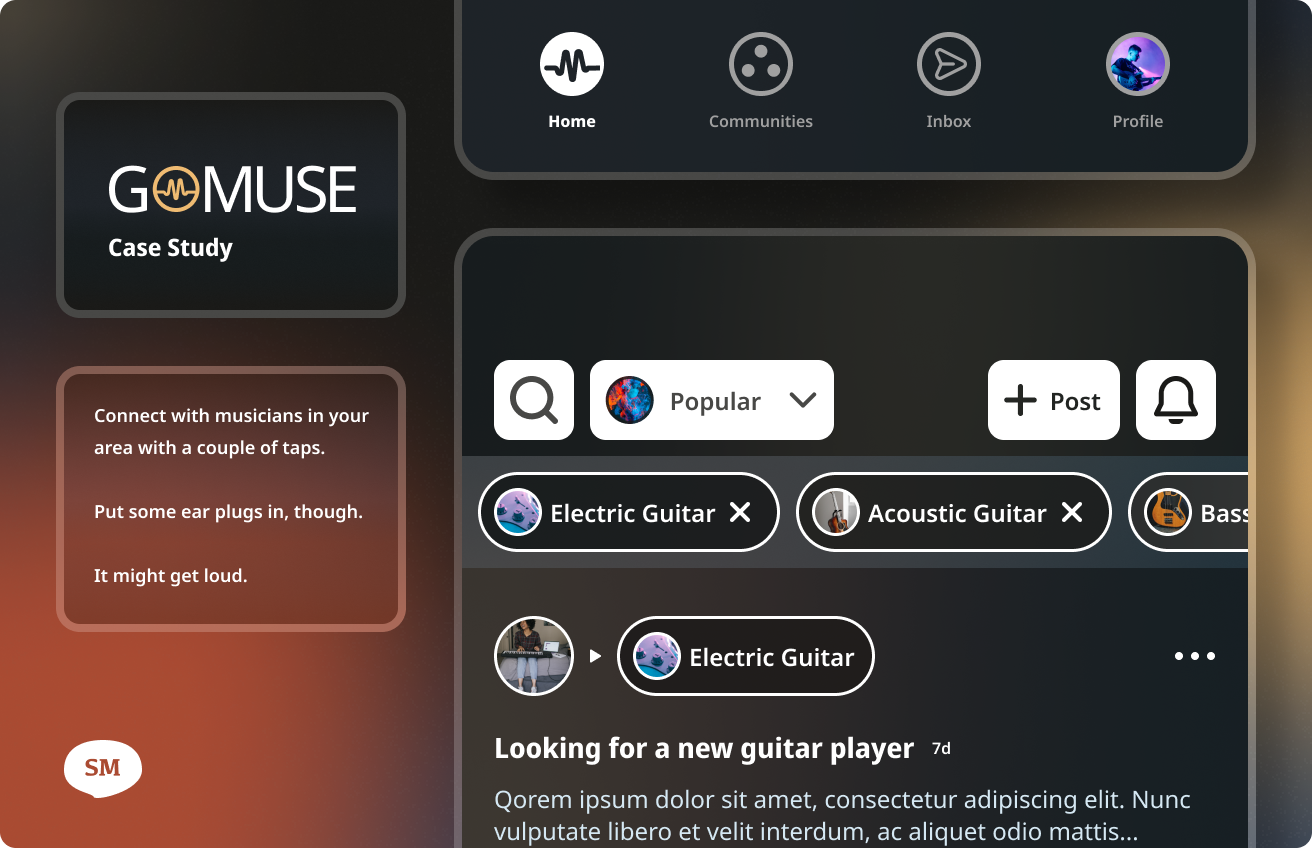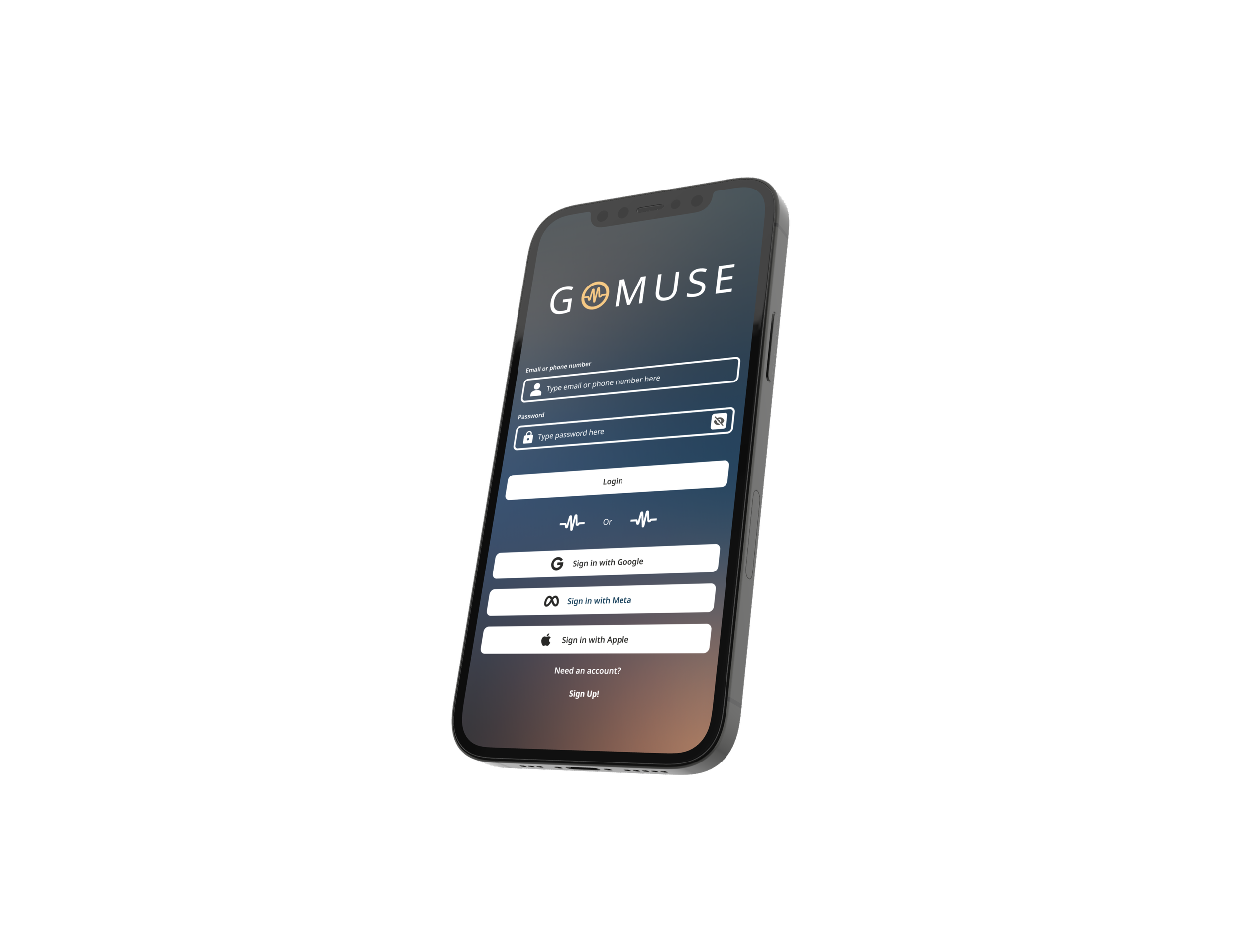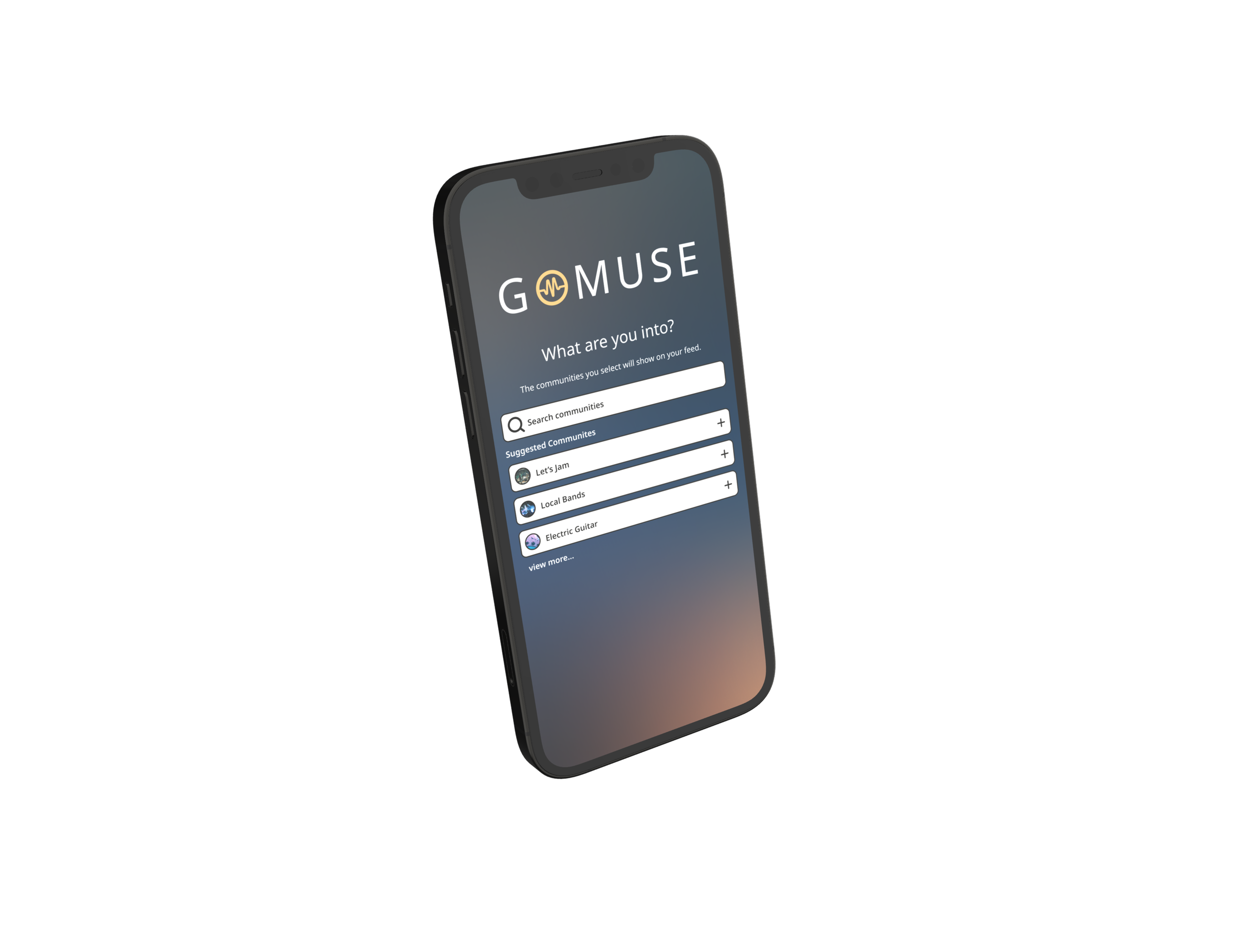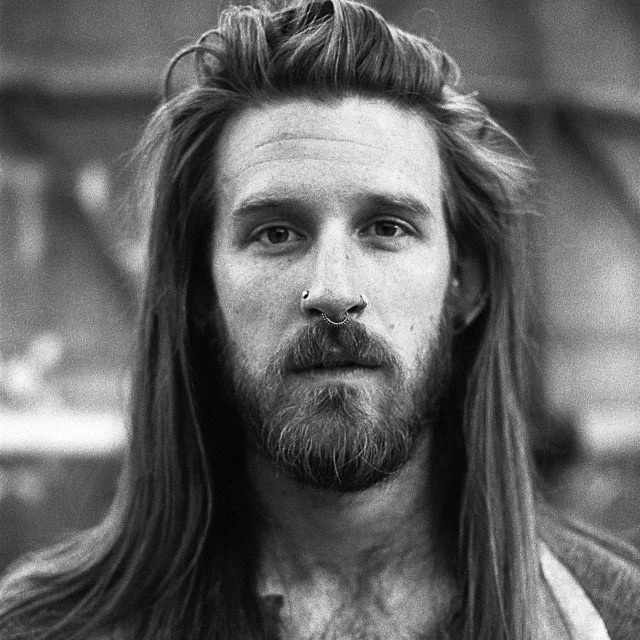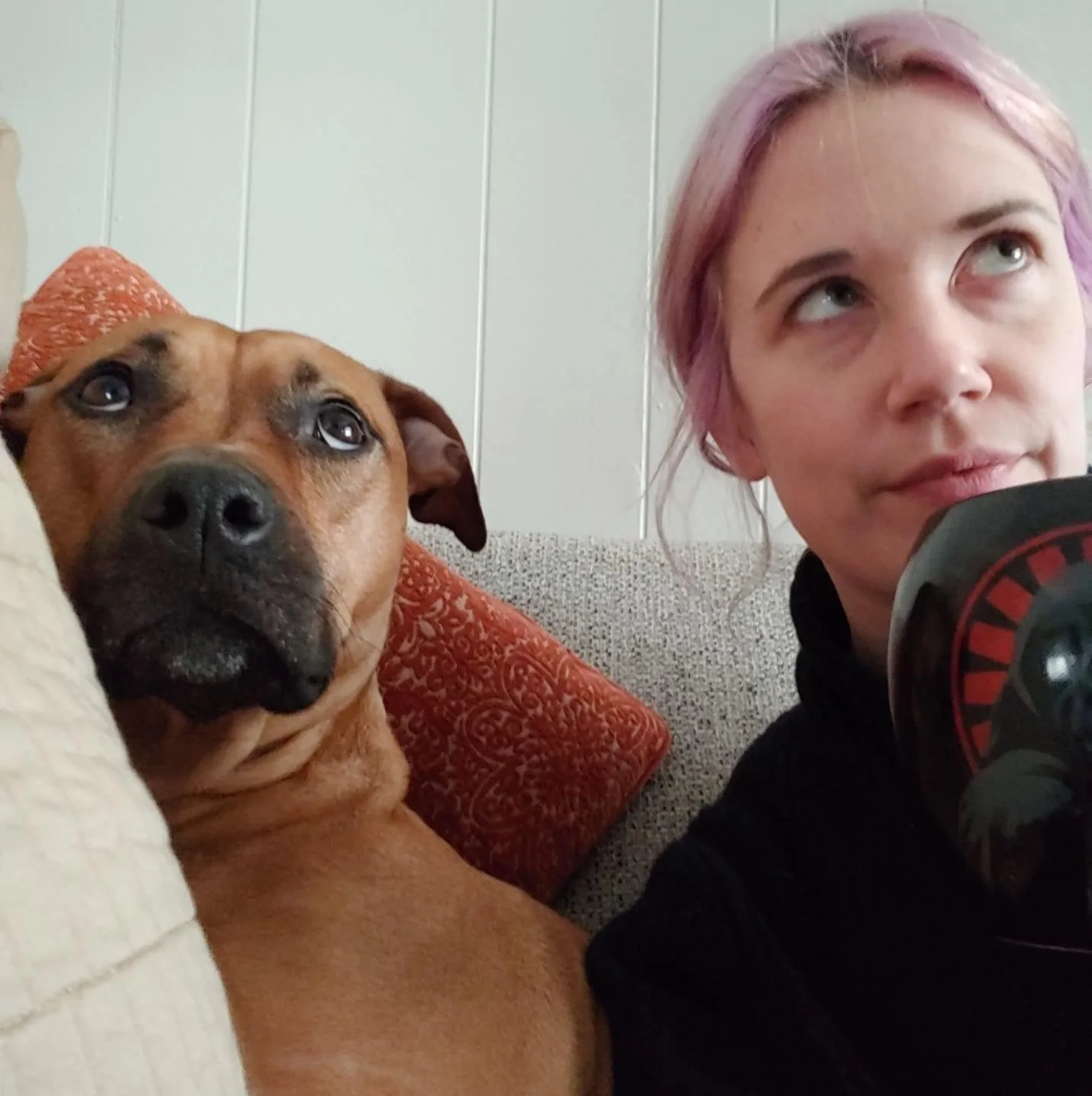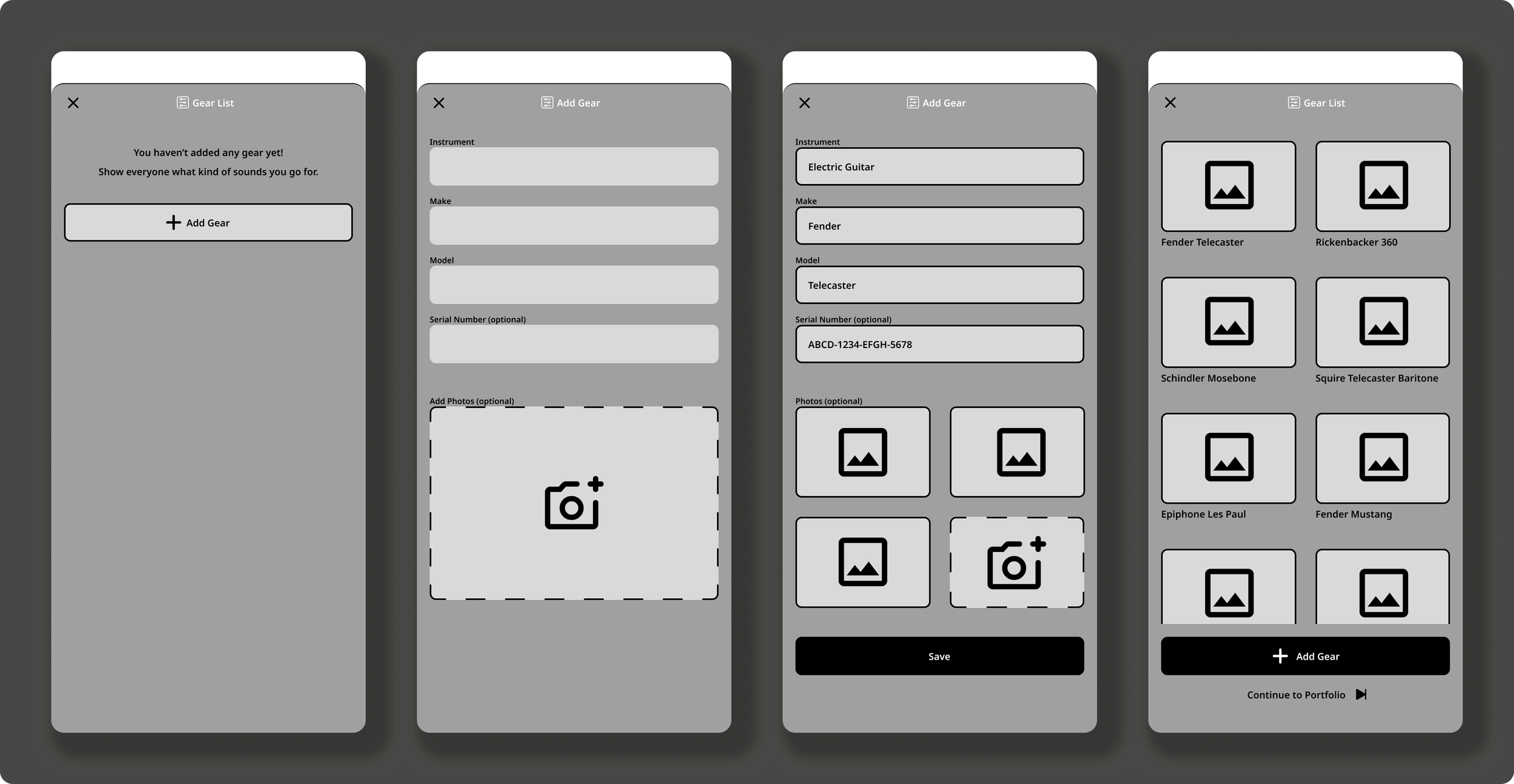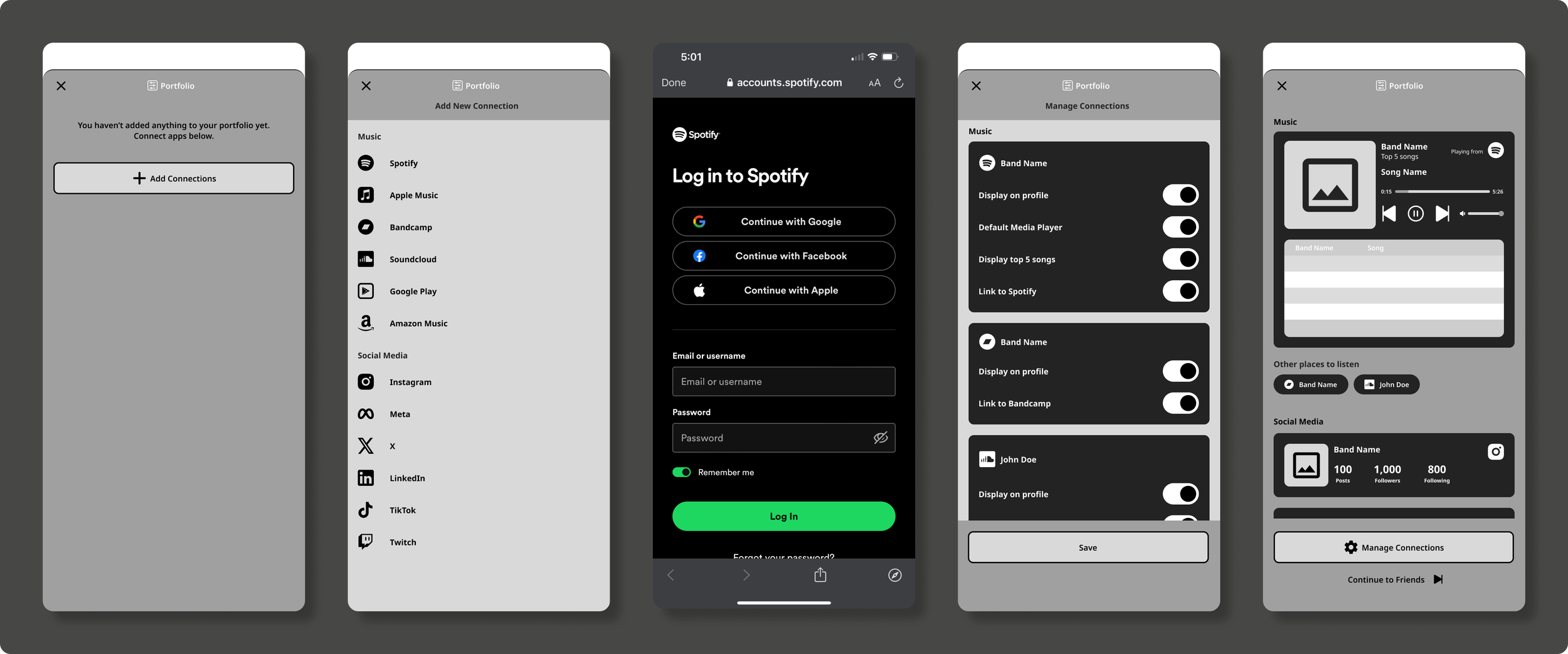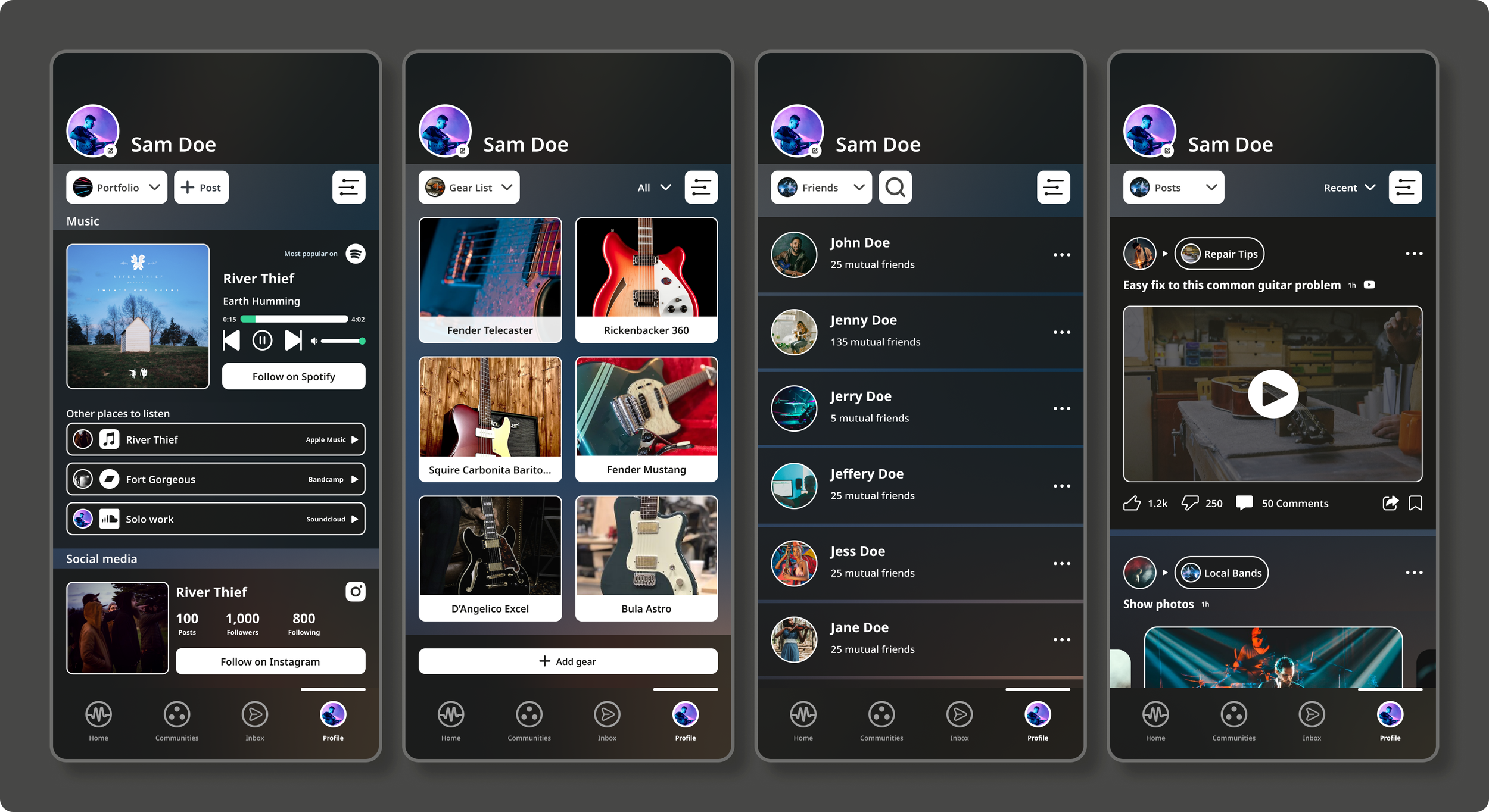2018 - Present
Assumptions
Users want a place to discuss music, find bandmates, and connect with other musicians in their area
Users want to promote their events and releases
Users are looking for studio session gigs, but don’t know where to look
How might we…
…create a focused environment for connecting users?
…prioritize creating a safe space for musicians to meet each other that feels familiar, and provides a window into their local scene?
…provide an easy-to-use avenue for professional musicians to find work in their city, and promote their events to like-minded users?
The Goal
GoMUSE’s goal should be to connect people in an adjustable mile radius, creating a more focused view of what’s going on in the user’s area.
Users need to be able to meet people so that they can stay engaged in their local music scene, but they’ll also be able to see the gear of other users and hear their work to make educated decisions on who they engage with.
This eliminates a lot of guesswork when selecting your jam partners.
Discovery Insights
“Finding people that are aware of musicality, dynamic, and texture in their playing is difficult because there’s no way to vet those things in advance.”
Joshua Powell
As a touring professional who requires a lot of upfront skill from his bandmates, the amount of time he could spend teaching a potential new member was limited.
He needed to be able to rely on that person to be a good player, making the margin of error slimmer.
Having the ability to vet a potential bandmate by seeing their gear, and hearing the work they’ve done on their own, could help Joshua make an educated decision on who he engages with.
“There’s an intrinsic barrier to most, if not all existing platforms in the sense that direct media interaction is impossible, or it’s clunky.
Finding musicians on apps like Facebook is exceedingly difficult due to the amount of layers you have to go through to find them. ”
Jonny Carrol
Being a solo artist, Jonny found it difficult to interact with fans regularly due to the hoops you have to jump through using other platforms such as Facebook to promote his work.
His needs were not met using the current means because of the way the algorithms are set for these other platforms.
His posts weren’t breaking through, and when they did, it was often not to his target audience in his local scene.
“I wish there was a safe space where I could receive constructive criticism with no judgment.
If there was an artist-centric social media app, people would get into the feedback headspace naturally because they’d crave it for themselves to get better. ”
Jacquie Cope
Wanting to better her skills requires being able to play, and make mistakes.
Getting in a room with people that you aren’t sure you’re going to get along with doesn’t usually cultivate a safe space for people who are maybe less experienced.
After all, a huge part of being in a band is being a good hang.
Having the ability to make sure that there is a temperament match ahead of playing together is a huge deal.
